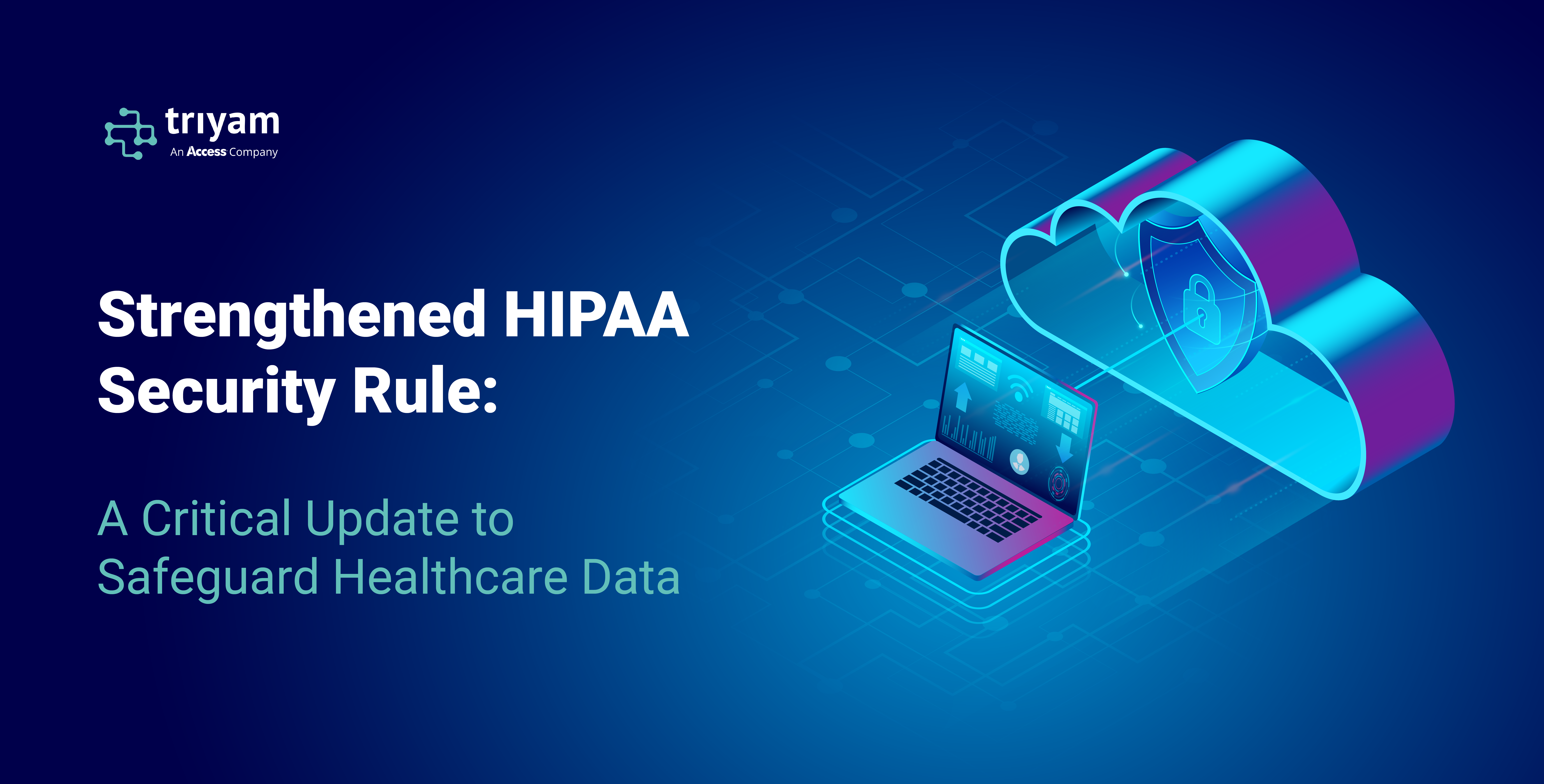Strengthened HIPAA Security Rule: A Critical Update to Safeguard Healthcare Data
The U.S. Department of Health and Human Services (HHS) has unveiled a landmark proposal to update the Health Insurance Portability and Accountability Act (HIPAA) Security Rule, marking the first significant revision in over a decade. A draft version of the Notice of Proposed Rulemaking (NMPR) was published on 27th December, and is due to be added to the Federal Register in January, 2025. This update aims to address the rapidly evolving cybersecurity challenges that plague the healthcare sector, safeguarding the electronic Protected Health Information (ePHI) of millions of Americans.
The Imperative for Modernization
Since its establishment in 2003, the HIPAA Security Rule has been the foundation of cybersecurity in healthcare, requiring policies and protections to maintain the confidentiality, integrity, and availability of electronic Protected Health Information (ePHI). Nevertheless, the regulatory framework has largely remained unchanged despite technological progress and the exponential rise in cyber threats. HHS’s decision to revise the Security Rule stems from alarming trends:
- Cybersecurity Incidents: The Office for Civil Rights (OCR) has reported a 102% surge in healthcare data breaches involving 500 or more records over the last five years, with an astonishing 1,002% increase in individuals impacted. Learn more about OCR’s findings.
- Technological Developments: The rise of interconnected information systems in healthcare has transformed patient care but also created vulnerabilities, making the industry an attractive target for cybercriminals. Ransomware attacks and hacking incidents have soared, revealing flaws in the current regulatory structure.
Key Elements of the Proposed Update
The proposed 393-page rule, titled “The HIPAA Security Rule to Strengthen the Cybersecurity of Electronic Protected Health Information,” presents specific actions to modernize cybersecurity protocols and address existing gaps. The following are some of the most significant modifications:
- Eliminating “Addressable” Specifications
Under the current Security Rule, various safeguards, such as encryption and anti-malware measures, are deemed “addressable,” resulting in inconsistent application. The proposed rule clarifies this, making these measures obligatory, with few exceptions.
- Thorough Risk Analysis
Regulated entities must perform an in-depth risk analysis, which includes:
- A current inventory and network diagram of technology assets.
- Identification of threats and weaknesses.
- Evaluation of risk levels for each identified weakness. Guidance on conducting a risk analysis.
- Upgraded Security Measures
The proposal requires advanced cybersecurity controls, including:
- Encryption: Mandatory for all ePHI both at rest and during transmission.
- Multi-factor Authentication (MFA): An essential defense against unauthorized access.
- Network Segmentation: Separating sensitive systems to contain breaches.
- Vulnerability Scanning and Penetration Testing: Regular evaluations to discover and address risks.
- Anti-Malware Protections: Robust defenses against harmful software.
- Patch Management and Configuration Controls: Ensuring systems stay secure and current. Explore best practices for enhanced security.
- Incident Response and Contingency Planning
Regulated entities must create comprehensive protocols for addressing security incidents, which include:
- Restoring systems and data within 72 hours.
- Prioritizing critical systems for recovery.
- Conducting annual security audits. Learn about incident response planning.
- Oversight of Business Associates
Business associates and their subcontractors are required to:
- Annually verify their technical safeguards through subject matter experts.
- Inform covered entities within 24 hours of implementing contingency plans. Understand business associate requirements.
- Defined Compliance Timelines
Entities must comply with specified timelines for implementing and testing safeguards, ensuring continuous vigilance and accountability.
The Economic and Policy Context
HHS estimates the initial cost of implementing the proposed changes at $9 billion in the first year, followed by $6 billion over the next four years. While some in the healthcare industry may push back due to these costs, HHS argues that the long-term benefits outweigh the investment. The healthcare sector’s dependence on networked systems and the rising cost of data breaches underscores the urgency of adopting robust cybersecurity practices.
Moving Forward: Public Participation and Implementation Challenges
The Notice of Proposed Rulemaking (NPRM) will be open for public comment for 60 days following its publication in the Federal Register. Stakeholders, including healthcare providers, insurance companies, and the public, are encouraged to share their perspectives. Submit your comments here.
The Trump-Vance administration will play a crucial role in determining the rule’s future. Although there is bipartisan backing for stronger cybersecurity measures in healthcare, the administration’s overarching preference for reducing regulatory burdens may shape the direction and implementation of the proposal.
Conclusion
This proposed update represents a pivotal moment for healthcare cybersecurity. By mandating comprehensive safeguards and eliminating ambiguity, HHS aims to fortify the healthcare sector against present and future cyber threats. The healthcare industry, policymakers, and the public must collaborate to ensure the successful implementation of these reforms, ultimately protecting the sensitive health information of every American.
Secure. Compliant. Future-Ready.
At Triyam, we prioritize the safety of your patients’ data with cutting-edge, HIPAA-compliant solutions. As cybersecurity threats evolve, our services adapt to meet the latest regulations, including the proposed updates to the HIPAA Security Rule. With robust encryption, advanced risk analysis, and rapid incident response capabilities, we ensure your Protected Health Information (PHI) remains secure, always. Choose Triyam for unmatched data protection and compliance—because your focus should be on care, not cybersecurity.
Learn more today!

